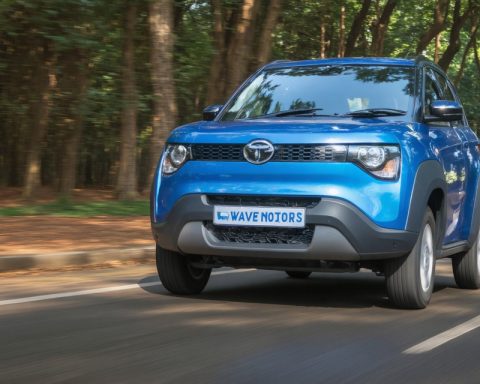In an ambitious move to redefine air warfare, the UK, Italy, and Japan are joining forces to develop a groundbreaking 6th generation fighter jet. This new collaboration has sparked immense interest, as it promises to deliver a state-of-the-art aircraft designed to surpass the capabilities of current fifth-generation jets, like the American F-35.
The highly anticipated “Global Combat Air Program” (GCAP) forms the backbone of this ambitious endeavor. Leading defense companies from the three nations—BAE Systems of the UK, Leonardo of Italy, and Japan’s JAIEC—are spearheading the initiative. By 2025, the joint venture is expected to take shape, setting the stage for the new fighter’s introduction in 2035 and operational longevity well into 2070.
According to company insiders, the cutting-edge fighter jet will feature stealth capabilities and advanced AI-driven drone control, capable of directing fleets of UAVs in combat situations. One executive compared the aircraft to a flying supercomputer, emphasizing its role as a revolutionary tool in modern air combat.
In response to the evolving nature of warfare, largely highlighted by recent conflicts, there is a significant focus on enhancing digital warfare capabilities. This move signals a shift from traditional combat methods to a more technology-driven approach.
Moreover, GCAP’s potential expansion to include Saudi Arabia highlights how pivotal this project could become on the global stage. With a projected cost exceeding 100 billion euros, nations looking to bolster their aerospace presence are showing keen interest. This ambitious program may just redefine the military aviation landscape for decades to come.
Game Changer: The Future of Air Combat and the 6th Generation Fighter Jet
The collaborative efforts between the UK, Italy, and Japan to develop a 6th generation fighter jet under the Global Combat Air Program (GCAP) is a topic buzzing with excitement and innovation in the world of defense technology. This ambitious project not only aims to push the boundaries of current military aviation but also sets a new benchmark in terms of advanced capabilities, strategic partnerships, and global defense dynamics.
Key Features and Innovations
The proposed 6th generation fighter jet is expected to incorporate groundbreaking technologies such as stealth features and AI-driven capabilities. These advancements will enable the aircraft to control entire fleets of unmanned aerial vehicles (UAVs), integrating seamlessly into digital warfare strategies. The aircraft’s onboard systems are likened to a sophisticated flying supercomputer, indicative of a shift towards more autonomous and technology-enhanced combat roles.
Security Aspects
Among the most discussed elements of this venture is the emphasis on cybersecurity and the fortification of digital systems against evolving threats. As the fighter jet will likely control networked UAVs and possess data-driven intelligence systems, defending these against cyber-attacks is crucial for maintaining operational security and effectiveness.
Potential for Global Influence
A noteworthy aspect is the interest of Saudi Arabia in joining GCAP. If realized, this expansion could significantly elevate the project’s impact, creating a more diverse set of stakeholders and further enhancing the program’s global influence. This interest underscores the pivotal role GCAP could play in shaping future aerospace and defense collaborations.
Market Predictions and Trends
The global defense aerospace market is expected to experience considerable growth, with an increasing focus on 6th generation technology. The projected costs of over 100 billion euros for the GCAP initiative reflects the scale and investment necessary for cutting-edge advancements in this arena. Such alliances signal a shift towards more cooperative development models which might become the norm in future defense projects.
Sustainability and Longevity
Designed to remain operational into the 2070s, the 6th generation fighter jet aligns with changing military doctrines that emphasize long-term sustainability and adaptability to future combat environments. This ensures that the investment in these advanced jets offers nations not just immediate capabilities but also the flexibility to evolve with emerging technological landscapes.
For more insights into innovative defense solutions and global aerospace developments, you can explore BAE Systems and Leonardo. These companies, alongside Japan’s JAIEC, are pioneering this transformative project, promising to revolutionize the future of aerial combat.












